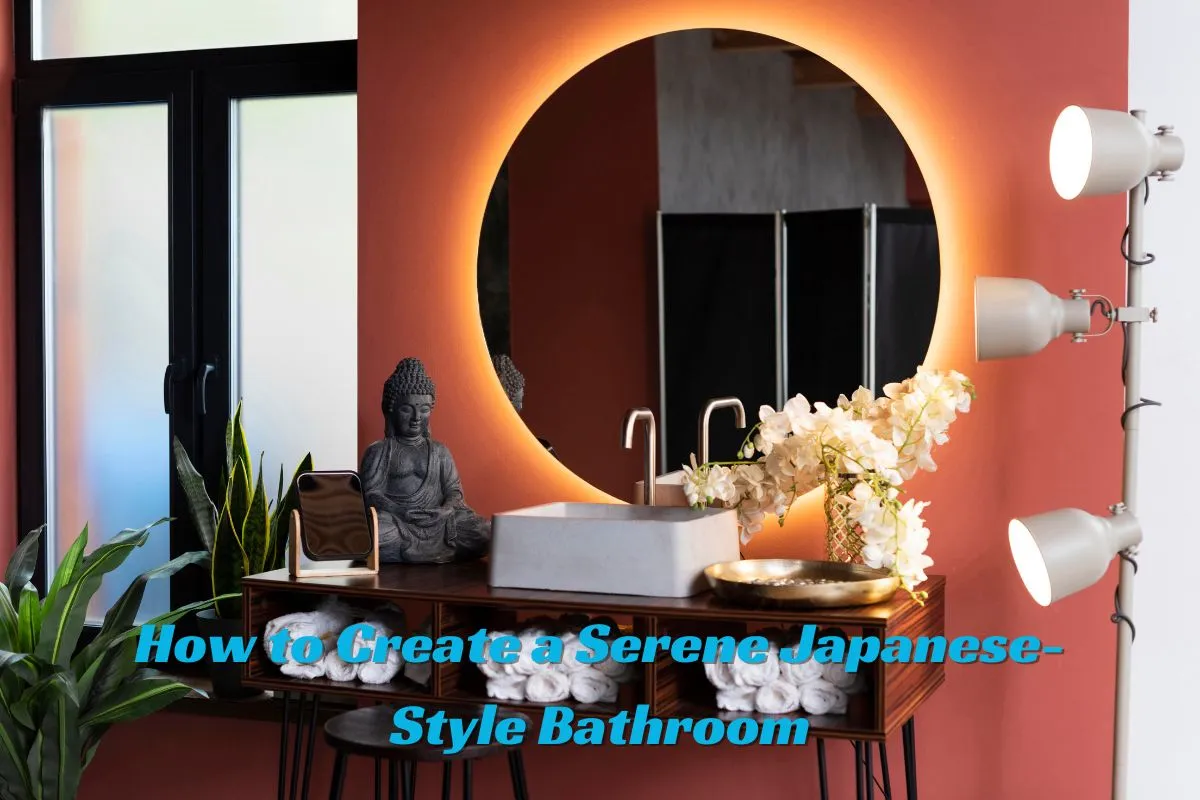Bathrooms are often overlooked when it comes to creating calm, restorative spaces—but in Japanese design, they’re anything but an afterthought. Rooted in a deep respect for nature, simplicity, and ritual, this approach turns the bathroom into a place of reflection and renewal. If you’re hoping to remodel your bathroom into a more purposeful, soothing space to begin and end each day, this design philosophy could be the perfect fit.
Focus on Clean Lines and Natural Materials
One of the first things you’ll notice in a Japanese-style bathroom is how uncluttered and organic it feels. These bathrooms are defined by a calm, grounded atmosphere without feeling starkly minimalist. The aesthetic favors simplicity that feels warm and inviting rather than cold or bare.
To create that sense of balance, opt for materials that are reminiscent of nature. Smooth stone, unfinished or lightly treated wood, and muted, matte finishes are popular choices. Bamboo, cedar, and neutral-toned tiles help establish a serene, earthy foundation. Instead of ornate or flashy hardware, choose fixtures with clean silhouettes and understated elegance. In a Japanese-inspired bathroom, every detail is quiet but purposeful. Nothing is excessive, yet everything has intention.
Create a Clear Division Between Wet and Dry Spaces
Japanese bathroom design is known for the clear separation between wet and dry areas. Instead of blending everything into one multi-use space, the layout is thoughtfully divided, keeping the bathing area (shower and tub) distinct from the toilet and sink. This layout reflects traditional Japanese bathing practices and offers practical benefits, like better moisture control and improved hygiene.
If you’re renovating, consider converting a tub to a walk-in shower or even building a full wet room. Use water-resistant finishes like tile, stone, or sealed concrete to contain splashes and steam within that area. In tighter spaces, even a low-profile threshold or a glass panel can help create a visual and functional divide without crowding the room. This will support a more relaxed, purposeful bathing experience while keeping the rest of the space clean and dry. Remember that you may want to arrange for waste removal solutions before beginning your renovation to keep the area free of debris and clutter.
Add a Deep Soaking Tub
Central to Japanese bathing culture is the ofuro, a deep tub that prioritizes relaxation and sitting over sprawling out. Its compact design allows for full-body immersion while saving space, turning your bath into a calming escape without taking sacrificing too much room.
If fitting an ofuro isn’t an option, look for a minimalist soaking tub with a smaller footprint. The idea is to create a tranquil spot in your bathroom where you can slow down and truly unwind, making bathing a moment of self-care rather than just a chore.
Bring the Outdoors Inside
Japanese bathrooms embrace a connection with nature, often blending indoor spaces with the outdoors. Even if you don’t have a garden view, you can invite natural elements into your bathroom to create a serene feeling.
Incorporate moisture-loving plants such as English ivy, ferns, or spider plants to add life and freshness. Maximize natural light with sheer or translucent window coverings that soften the sunshine. Decorating with small touches like smooth stones, driftwood, or a bonsai tree can subtly enhance the space and bring nature inside.
Conclusion
Infusing your bathroom with Japanese-inspired design is about creating a peaceful, mindful space that nurtures both body and soul. By focusing on natural materials, thoughtful layouts, and elements that encourage relaxation and connection with nature, you can turn an everyday routine into a restorative ritual.










